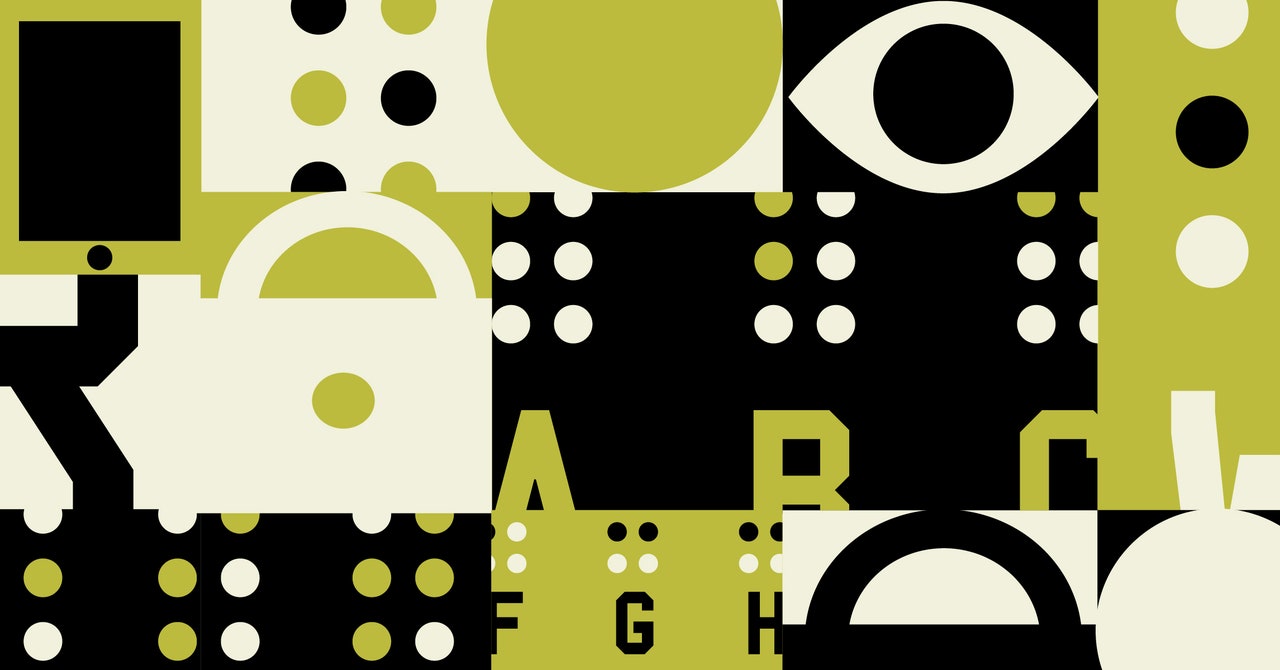Blind People Have Won the Right to Break Ebook DRM—for Now

This rarely happens. A screen reader instead stumbles over these static images, sometimes reciting filename gibberish, leaving a blind reader with no possible way to discern meaning. That’s assuming, again, that an accessible version of the textbook exists to begin with. If one does exist, it may only be available on certain platforms.
The inconsistencies can be maddening. Take Calculus: Early Transcendentals, a popular textbook from the publisher Cengage Learning. The “eTextbook” available on Amazon is actually just a straightforward scan of the book, with absolutely no text to speech functionality. Bookshare, an accessible online library, offers a version of the book, but even that copy is not fully accessible, because it doesn’t contain alt text descriptions of those static images.
Brad Turner, VP and GM of global education and literacy at Benetech, the nonprofit behind Bookshare, says that while his company will sometimes inject accessible features into ebooks without the cooperation of a publisher, they won’t write their own descriptions for images.
“Our agreement with publishers is, give us your content, and we promise not to change it at all. We’re only going to make it accessible,” Turner says. “For many of the images, graphics, charts, graphs, formulas, equations, we’re not qualified like the author or the publisher.”
Emily Featherston, director of corporate communications at Cengage, says the company is committed to providing accessible versions of its ebooks, and that it has “accessibility guidelines and an in-house team of digital accessibility and learning design specialists” to support its product and tech teams. Readers who purchase and access text through Cengage’s own platform will have access to TTS and alt text, but those features aren’t guaranteed from the third parties people may be more accustomed to buying from.
“While this work helps demonstrate our commitment to providing accessible solutions, we also recognize that accessibility is a journey, not a destination, and there is always room to improve,” Featherston says.
That journey has been very long. Technological interventions have been available for years—some people use tools like the Kindle Converter or Codex to cleave through digital rights management, transforming proprietary ebooks into accessible formats—but the core problem is actually very simple. Publishers could provide fully accessible, digital versions of their books. They don’t have to, and often they don’t.
So advocates in the United States are stuck filing for an exemption to a 23-year-old law, signed a year before the founding of Napster and well ahead of the smartphone era, when a top copyright concern was kids ripping music from CDs. The recommendation this month to extend the copyright exemption for accessible ebooks is good news, but the entire process will repeat in three years.
By then, a permanent fix may be closer. In 2019, the European Accessibility Act became law in the EU. It will be enforced in June 2025, requiring all ebooks published in the EU after that point to be fully accessible. Some hope it could set a precedent here.
“We passed a seatbelt law. We passed an unleaded gas law. Why can’t we pass an accessible book law?” Turner says.
Meanwhile, the Bridges are looking to the future—with some trepidation.
“Math is going to be nasty,” Rebecca says. “There’s no doubt in my mind.”
More Great WIRED Stories
